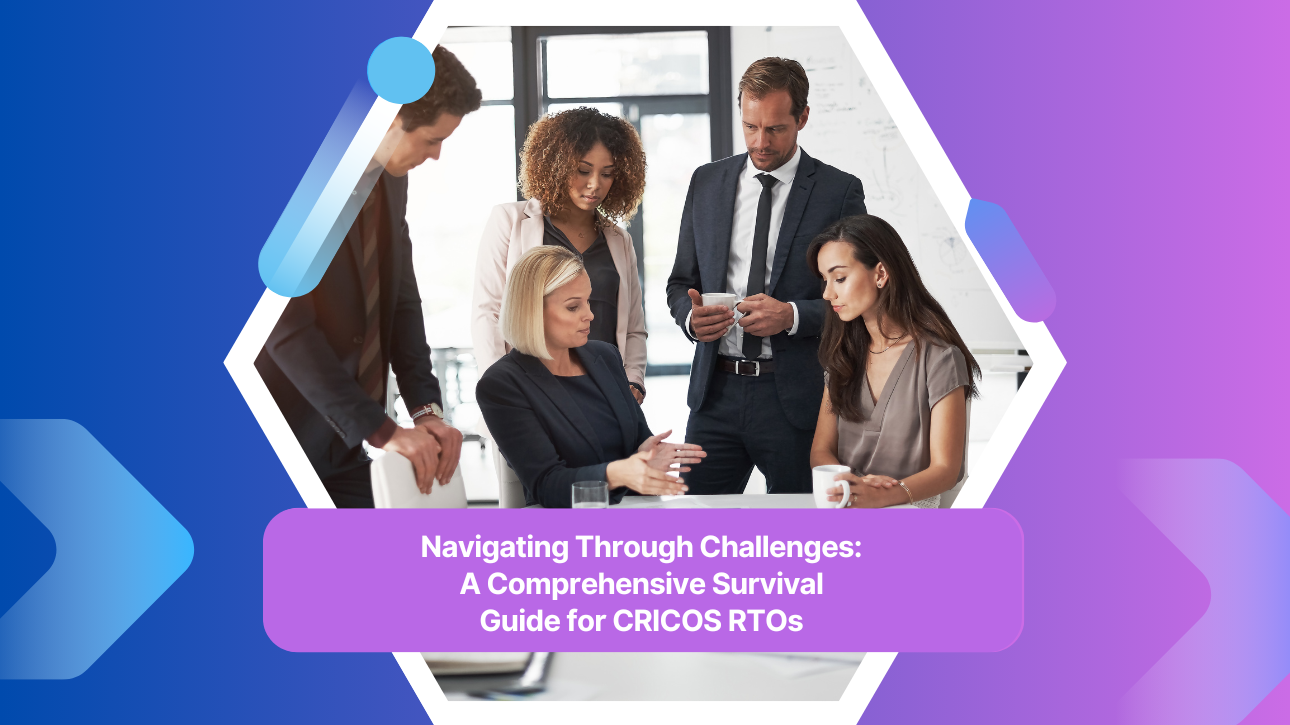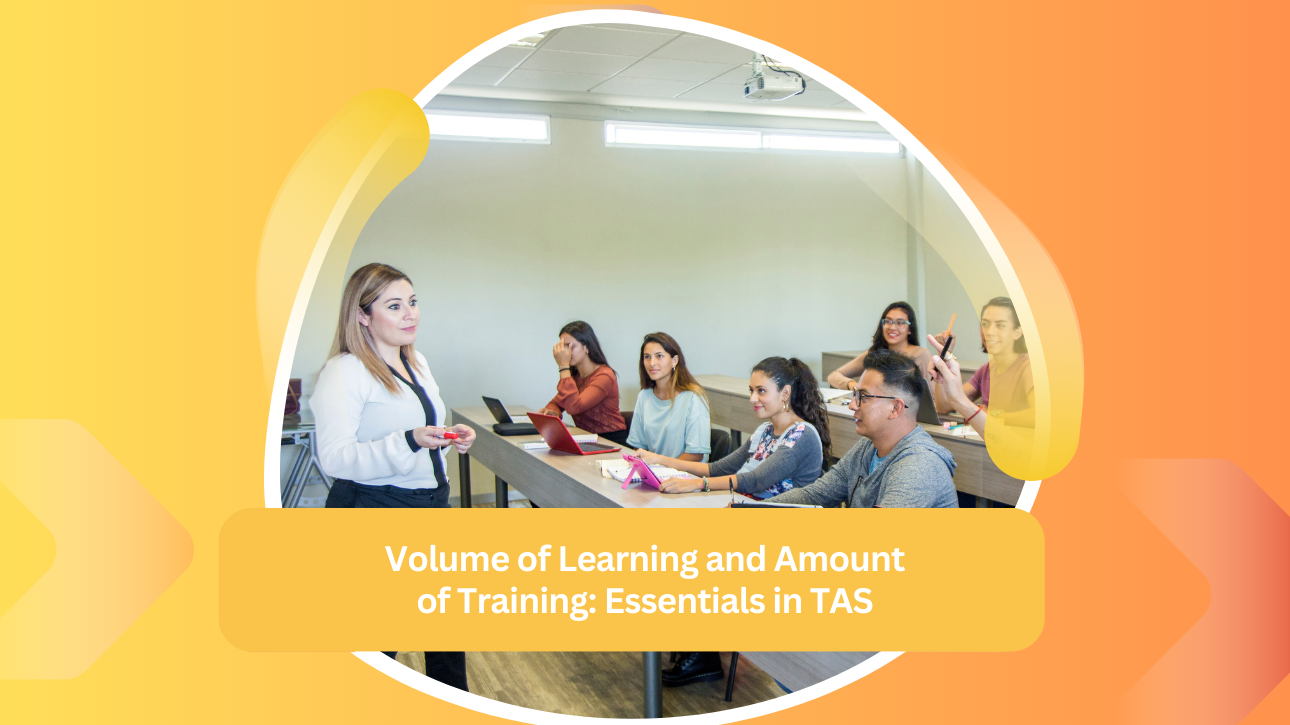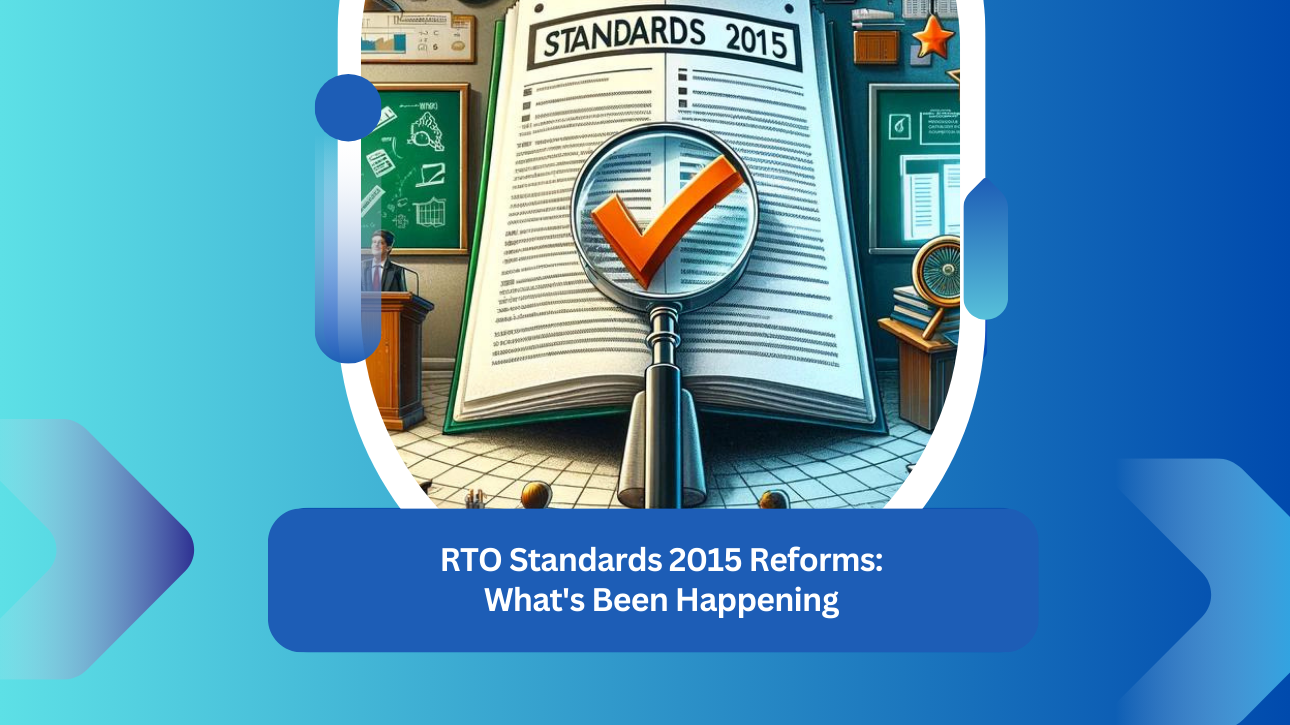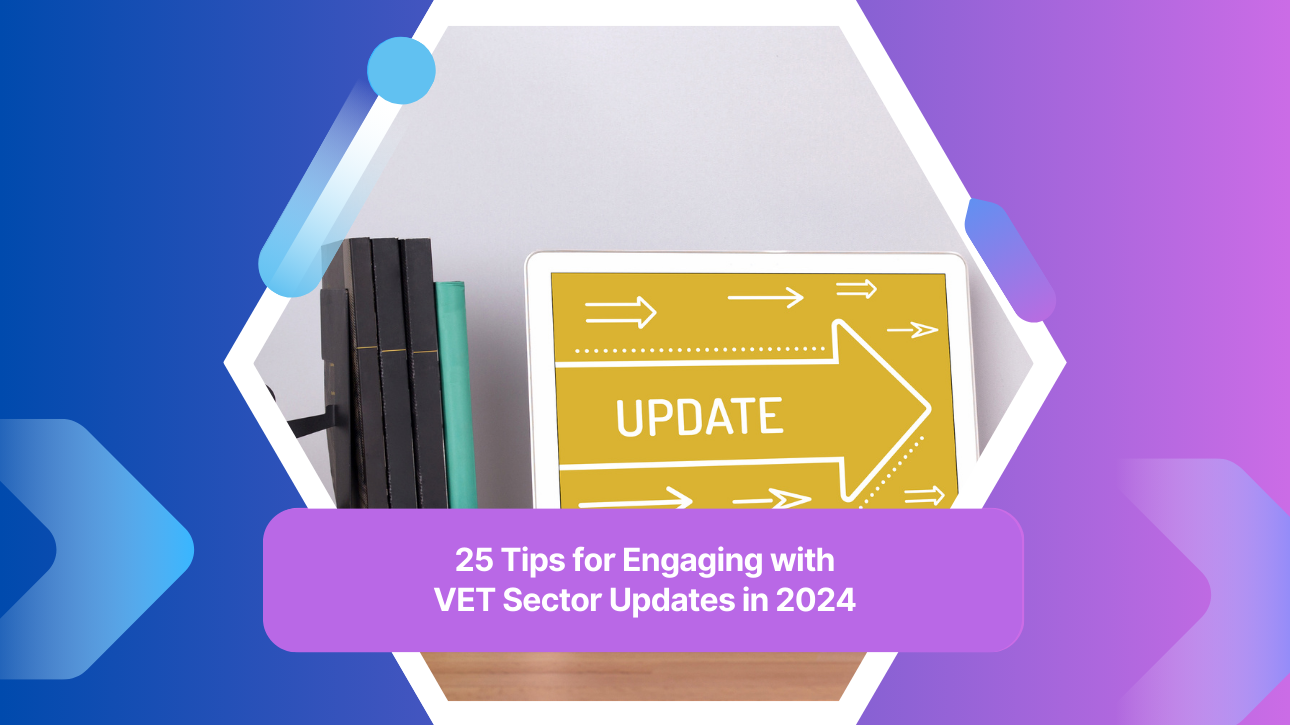Introduction
Greetings to our esteemed Registered Training Organizations (RTOs) spread across the vast expanse of Australia! The world of RTOs is expansive, dynamic, and in a state of constant evolution. Within the myriad responsibilities and tasks that RTOs skillfully manage, one aspect often overlooked is the follow-up with Language, Literacy, and Numeracy (LLN) assessments. However, it’s crucial to recognize the profound significance of this follow-up; it extends beyond mere formality and holds the potential to make a genuine and lasting impact on the educational journey.

In this multifaceted landscape of vocational education and training, continuous assessment and follow-up are paramount. One specific area that sometimes doesn’t receive the attention it deserves is the follow-up with LLN assessments. Yet, understanding the importance of this follow-up is crucial. The question is: how can RTOs ensure they are not merely going through the motions but effectively addressing this vital educational aspect? It is within this exploration that we aim to unearth the nuanced layers of significance surrounding LLN assessment follow-ups and provide insights and strategies for RTOs to excel in this critical area.
The Essence of LLN Assessments
Before diving into the significance of follow-ups, it’s paramount to grasp the essence of LLN assessments. These aren’t just routine tests; they are comprehensive evaluations that delve into a student’s core competencies. From reading and interpreting texts to solving mathematical problems and expressing oneself effectively, these assessments cover a broad spectrum.
Why LLN Assessments Matter
In the context of vocational training, LLN assessments serve as a barometer for a student’s readiness. They help RTOs identify potential gaps in a student’s skills, ensuring that the training provided aligns with the student’s current capabilities while also pushing them towards their potential.
Bridging the Gap: The Role of RTOs
It’s one thing to identify a gap in a student’s skills, but it’s an entirely different challenge to bridge that gap. This is where RTOs play a pivotal role. By understanding where a student stands and where they need to be, RTOs can tailor their training approach, ensuring that every student gets the support they need.
Continuous Monitoring: The Heartbeat of Effective Training
Identifying a gap is just the starting point. The real magic happens when RTOs engage in continuous monitoring. By keeping a close eye on a student’s progress, RTOs can make real-time adjustments, ensuring that the training remains relevant, effective, and engaging.
The Perils of Overlooking Follow-Up
In the absence of consistent follow-up, RTOs risk losing sight of their students’ progress. A student who might have started with a significant gap in their numeracy skills could continue to lag behind if their progress isn’t tracked. This not only hampers the student’s learning journey but also reflects poorly on the RTO’s effectiveness.
Superseded Qualifications: Navigating the Waters
The realm of RTOs is in a constant state of flux, with qualifications frequently undergoing updates. When a qualification gets superseded, RTOs are faced with the task of transitioning their students to the new standards. This transition isn’t just about updating course materials; it’s about ensuring that students don’t feel left behind.
Conclusion: The Way Forward
In the dynamic world of Registered Training Organizations (RTOs), the journey is both challenging and immensely rewarding. Emphasizing continuous assessment and follow-up isn’t just about meeting established standards; it’s about exceeding them. In education, the objective goes beyond knowledge transmission; it’s about shaping futures.
Within the sphere of RTOs, it’s vital to understand that continuous assessment and diligent follow-up are the cornerstones of delivering a tailored, quality education that meets each student’s unique needs. By prioritizing comprehensive follow-up in Language, Literacy, and Numeracy (LLN) assessments, RTOs can effectively support their students and pave the way for their success.
At VET Resources, we stand as unwavering partners in your mission to provide exceptional education. Explore our extensive array of resources, stay abreast of industry trends, and join us in the collective effort to elevate the standards of vocational education throughout Australia.
FAQs
- What encompasses the core skills in LLN assessments?
– LLN assessments evaluate language, literacy, and numeracy skills, which include reading, writing, and arithmetic capabilities.
- Why is there an emphasis on continuous monitoring in LLN assessments?
– Continuous monitoring allows RTOs to adapt their training approach based on real-time feedback, ensuring that students always receive relevant and effective training.
- Is it permissible to enroll students in superseded qualifications?
– Students can be enrolled in superseded qualifications during the transition period. However, RTOs must ensure they can complete the training within the stipulated timeframe.
- How does a lack of follow-up impact the overall training quality?
– Without regular follow-ups, RTOs risk losing sight of their students’ progress, which can lead to outdated training approaches and unsatisfactory outcomes.
- What strategies can RTOs employ to ensure effective follow-up?
– RTOs can leverage modern monitoring tools, engage in regular student feedback sessions, and provide targeted support based on individual needs.
- How do RTOs handle the transition from superseded qualifications?
– RTOs must communicate changes clearly to students, update their course materials, and ensure that the transition is as smooth as possible.
- Why is bridging the gap in LLN skills so crucial?
– Bridging the gap ensures that students receive training that’s tailored to their needs, leading to better outcomes and a more fulfilling learning experience.
I trust this comprehensive guide sheds light on the pivotal role of follow-up in LLN assessments. For further insights or queries, don’t hesitate to reach out to us at VET Resources. Together, let’s shape the future of vocational education in Australia.
Disclaimer:
The information presented on the VET Resources blog is for general guidance only. While we strive for accuracy, we cannot guarantee the completeness or timeliness of the information. VET Resources is not responsible for any errors or omissions, or for the results obtained from the use of this information. Always consult a professional for advice tailored to your circumstances.










